Expansion of Home Studios in Audio Interface Market
The Audio Interface Market is significantly influenced by the expansion of home studios, which has become a prevalent trend among musicians, podcasters, and content creators. The accessibility of affordable audio interfaces has empowered individuals to set up professional-quality recording environments at home. Recent statistics suggest that the home studio equipment market has grown by approximately 20% in the last year, with audio interfaces being a key component. This growth is attributed to the increasing number of people pursuing music production and audio recording as hobbies or careers. As more users invest in home studio setups, the demand for versatile and high-performance audio interfaces is likely to continue rising, thereby propelling the overall market forward.
Technological Advancements in Audio Interface Market
The Audio Interface Market is experiencing rapid technological advancements that enhance audio quality and user experience. Innovations such as higher bit rates, lower latency, and improved digital signal processing are becoming standard features. For instance, the introduction of USB-C connectivity has streamlined the interface between devices, allowing for faster data transfer and improved power delivery. According to recent data, the market for audio interfaces is projected to grow at a compound annual growth rate of approximately 10% over the next five years, driven by these technological improvements. Furthermore, the integration of artificial intelligence in audio processing is likely to revolutionize how sound is captured and manipulated, making audio interfaces more versatile and appealing to both amateur and professional users.
Integration of Mobile Technology in Audio Interface Market
The Audio Interface Market is increasingly integrating mobile technology, reflecting the shift towards mobile recording and production. With the proliferation of smartphones and tablets, users are seeking audio interfaces that can seamlessly connect with these devices. Recent market analysis indicates that the demand for mobile-compatible audio interfaces has surged, with a growth rate of approximately 12% in the last year. This trend is driven by the desire for portability and convenience among musicians and content creators who wish to record on the go. As manufacturers innovate to create compact and efficient audio interfaces that maintain high audio quality, the market is likely to see continued expansion. The convergence of mobile technology and audio production tools presents a unique opportunity for growth in the audio interface sector.
Increased Demand for Remote Solutions in Audio Interface Market
The Audio Interface Market is witnessing a surge in demand for remote solutions, particularly as more individuals engage in remote work and online content creation. This trend has led to a significant increase in the sales of audio interfaces designed for home studios and mobile recording setups. Data indicates that the market for portable audio interfaces has expanded by over 15% in the past year, reflecting the growing need for high-quality audio capture in non-traditional settings. As content creators seek to produce professional-grade audio from their homes, manufacturers are responding with products that cater to this demand, thus driving growth in the audio interface sector. The rise of platforms for live streaming and podcasting further fuels this trend, as users require reliable and efficient audio solutions.
Rising Popularity of Streaming and Content Creation in Audio Interface Market
The Audio Interface Market is benefiting from the rising popularity of streaming and content creation across various platforms. As more individuals engage in live streaming, podcasting, and video production, the need for high-quality audio solutions has become paramount. Data shows that the number of active streamers has increased by over 30% in the past year, driving demand for audio interfaces that can deliver superior sound quality. This trend is particularly evident among younger demographics who prioritize audio fidelity in their content. Consequently, manufacturers are focusing on developing user-friendly interfaces that cater to both novice and experienced creators, thus expanding their market reach. The intersection of technology and creativity in this space suggests a promising future for the audio interface sector.

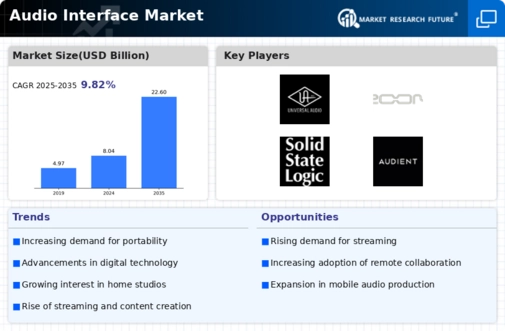
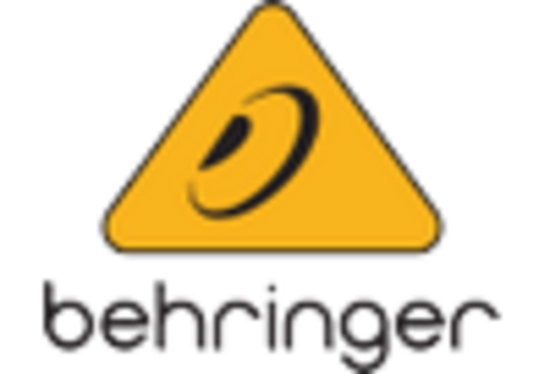
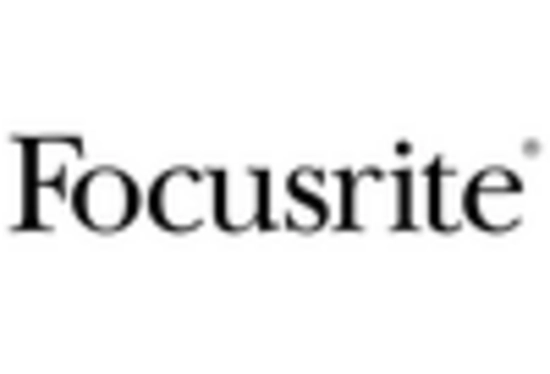
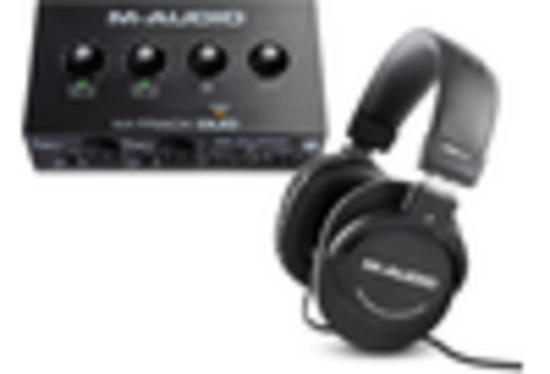
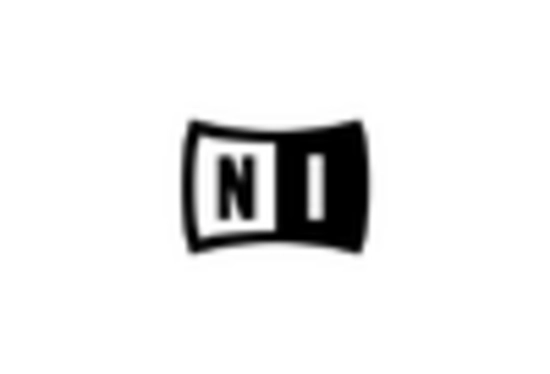










Leave a Comment